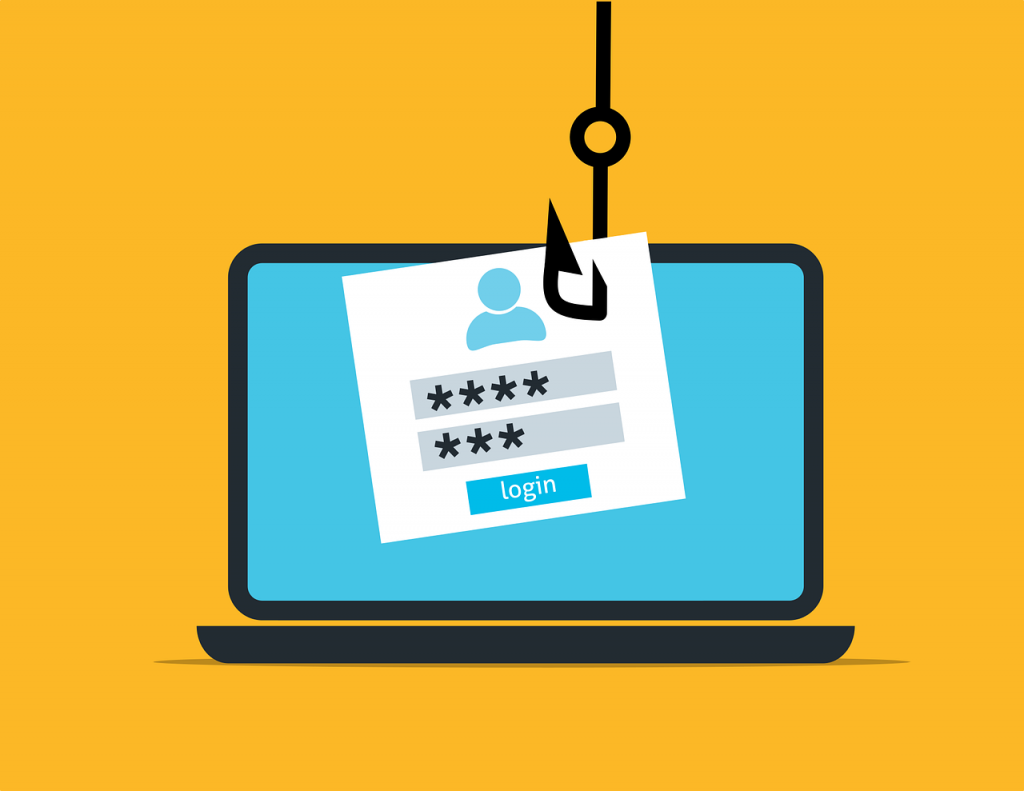A Practical Guide
In today’s digitally interconnected world, cybercriminals are constantly seeking new ways to exploit unsuspecting individuals. One such method that has gained notoriety over the years is phishing. Phishing attacks are designed to trick users into revealing sensitive information, such as passwords, financial details, or personal data, by disguising themselves as legitimate entities. In this article, we will explain what phishing is and provide practical steps to protect yourself from falling victim to these deceitful tactics.

Understanding Phishing Attacks
Phishing attacks typically occur through fraudulent emails, instant messages, or deceptive websites that imitate trusted organizations or individuals. The perpetrators employ various psychological and technical techniques to manipulate victims into taking the desired actions, often leading to significant financial losses or identity theft. Phishing attacks can be broadly categorized into two types: generic phishing, which targets a wide range of individuals, and spear phishing, which is more personalized and specifically targets an individual or organization.
Steps to Protect Against Phishing Attacks
1. Develop a Strong Sense of Awareness
The first line of defense against phishing attacks is to cultivate a skeptical mindset. Be cautious when you receive unsolicited emails, messages, or requests for personal information. Always question the authenticity and legitimacy of such communications, particularly if they prompt you to take immediate action or create a sense of urgency.
2. Scrutinize Emails and Messages
Pay close attention to the details in emails and messages. Be wary of generic greetings, spelling or grammatical errors, and unfamiliar or suspicious email addresses. Hover over hyperlinks without clicking to verify the actual URL destination. Legitimate organizations will never ask you to provide sensitive information via email or an unsecured website.
Messages may also appear to come from friends and loved ones. If it seems out of the ordinary, reach out separately (phone call, video call, or text message) to that individual to see if the message is legitimate.
3. Implement Multi-Factor Authentication (MFA)
Enable MFA wherever possible, especially for online banking, social media accounts, and email services. Multi-factor authentication adds an extra layer of security by requiring additional verification, such as a unique code sent to your mobile device, in addition to your password. This significantly reduces the risk of unauthorized access even if your password is compromised.
4. Keep Software and Systems Updated
Regularly update your operating system, web browser, and other software applications to ensure they have the latest security patches. Cybercriminals often exploit vulnerabilities in outdated software to launch phishing attacks. Enable automatic updates whenever possible for convenience and added protection.
5. Educate Yourself and Stay Informed
Stay up to date with the latest phishing trends, techniques, and news. Educate yourself about common phishing indicators and methods used by cybercriminals. Be aware of new phishing scams or social engineering tactics reported by reliable sources. By staying informed, you can better protect yourself and share this knowledge with friends, family, and colleagues.
6. Implement Robust Security Software
Install reputable anti-malware and anti-phishing software on your devices. We recommend Bitdefender for multi-device protection. These security tools can detect and block phishing attempts, provide real-time protection against malicious websites, and scan email attachments for potential threats. Regularly update the software to ensure it remains effective against emerging threats.
7. Verify Website Security
Before entering any personal information on a website, ensure it is secure. Look for “https” in the URL, indicating a secure connection, and a padlock icon in the browser address bar. Avoid entering sensitive data on websites that lack these security indicators, as they may be vulnerable to interception or unauthorized access.
8. Report suspected Phishing Emails
Reporting suspicious emails is crucial in the fight against phishing attacks. By reporting such emails, you not only protect yourself but also assist authorities and organizations in identifying and taking down phishing operations. You can forward your suspected phishing email to reportphishing@apwg.org (an address used by the Anti-Phishing Working Group, which includes ISPs, security vendors, financial institutions, and law enforcement agencies), regardless of your email provider.
Your email provider may also have instructions to report phishing:
Affiliate Disclosure: This page may contain affiliate links. That means that we may receive a small commission if a purchase is made via the linked provider at no additional cost to you.